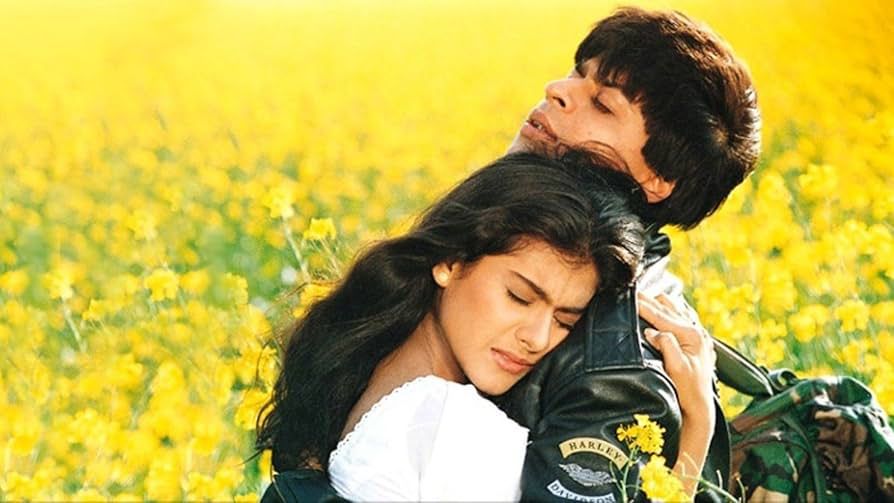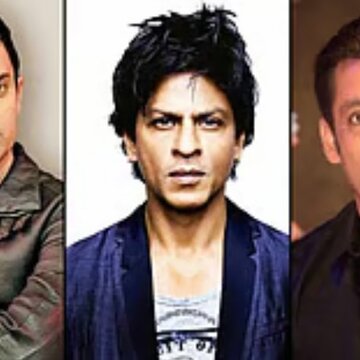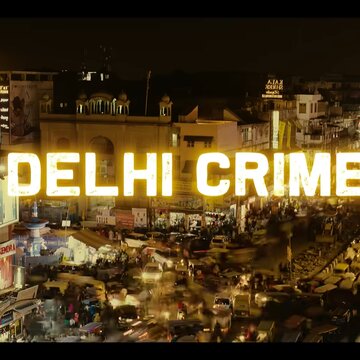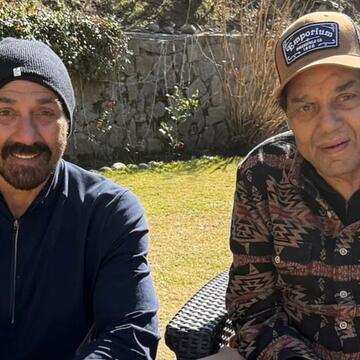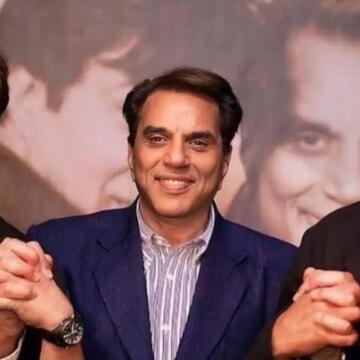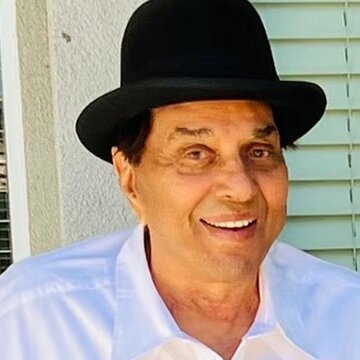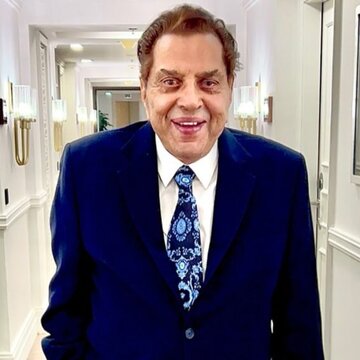Thirty years and countless love stories later, Dilwale Dulhania Le Jayenge still thrives among Indian hearts of many, still keeps the romance alive.
Released on October 20, 1995, Aditya Chopra’s debut directorial didn’t just make box-office history but it rewrote India’s love language. With its iconic tagline “Come… fall in love”, the film invited an entire generation to believe that romance could be both rebellious and respectful. Shah Rukh Khan and Kajol became India’s eternal Raj and Simran, lovers who changed what forever meant on screen.
A story that grew with generations
Raj, the London-bred flirt with charm in his eyes and Simran, the obedient dreamer with rebellion in her heart, became every lover’s reference point. Their journey starting half through Europe’s cobbled streets and half through Punjab’s golden fields, brought modern India face to face with its cultural duality: tradition vs. freedom.
Film historian SMM Ausaja recalls, “DDLJ arrived when Hindi cinema was losing its innocence. It reminded people what it meant to love with conviction, not convenience.”
Still playing, still magic
In Mumbai’s Maratha Mandir, DDLJ continues its record-breaking run with 30 years uninterrupted. Every morning, the same whistle, the same laughter, the same “Palat” moment plays out again.
“Weekdays bring around 70-100 people, weekends double that. Some couples come every anniversary, it’s their ritual now,” says Manoj Desai, Executive Director of Maratha Mandir. Balcony seats are still ₹50; the dress circle remains ₹30, unchanged, like Raj and Simran’s love story itself.
The moments that made history
From “Tujhe Dekha To Ye Jaana Sanam” to “Jaa Simran, jaa, jee le apni zindagi”, DDLJ’s moments became memory. Its dialogues echo across decades- “Bade bade deshon mein aisi chhoti chhoti baatein hoti rehti hain, Senorita”- lines that outlived their scripts.
Behind this phenomenon was a dream team: Aditya Chopra, Javed Siddiqui, Manmohan Singh and Jatin–Lalit. Together, they built a world where every shot, song and even silence felt like falling in love.
Three decades later, DDLJ is not just nostalgia, it’s India’s heartbeat on loop. It’s for the generation that waited for love letters, for the one that now texts and for every heart that still believes that real love waits on the other side of the train.


